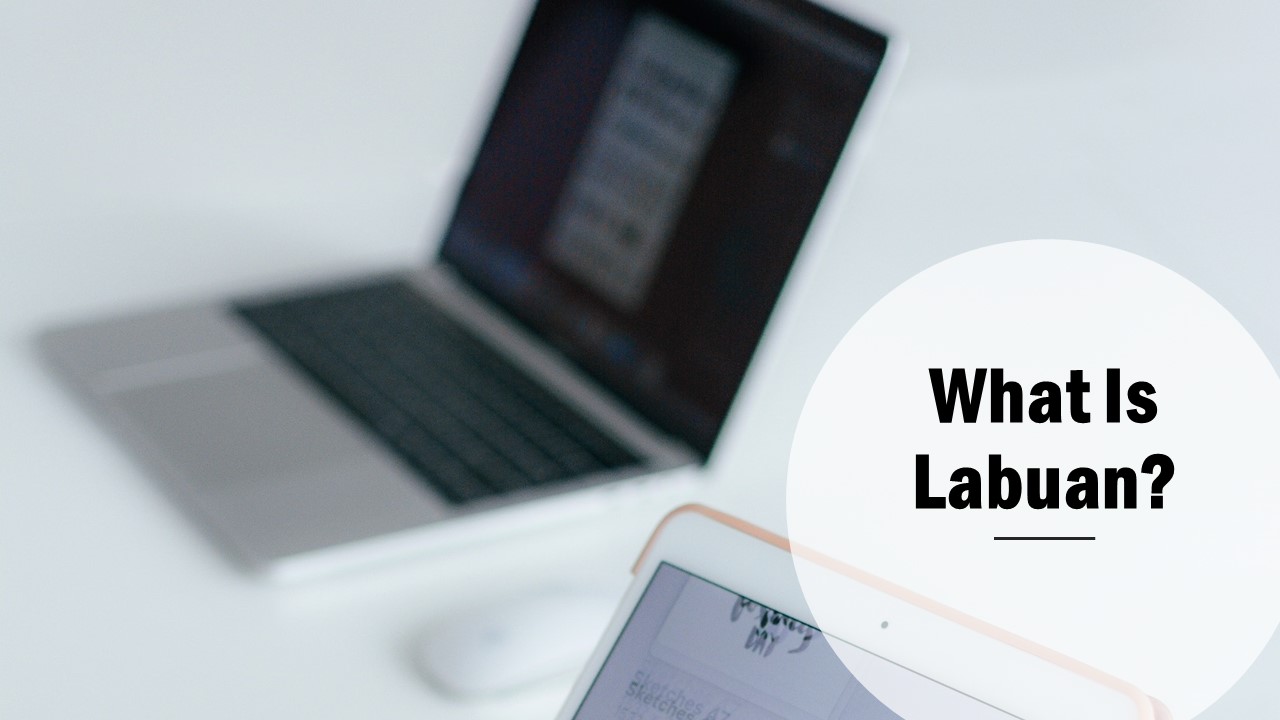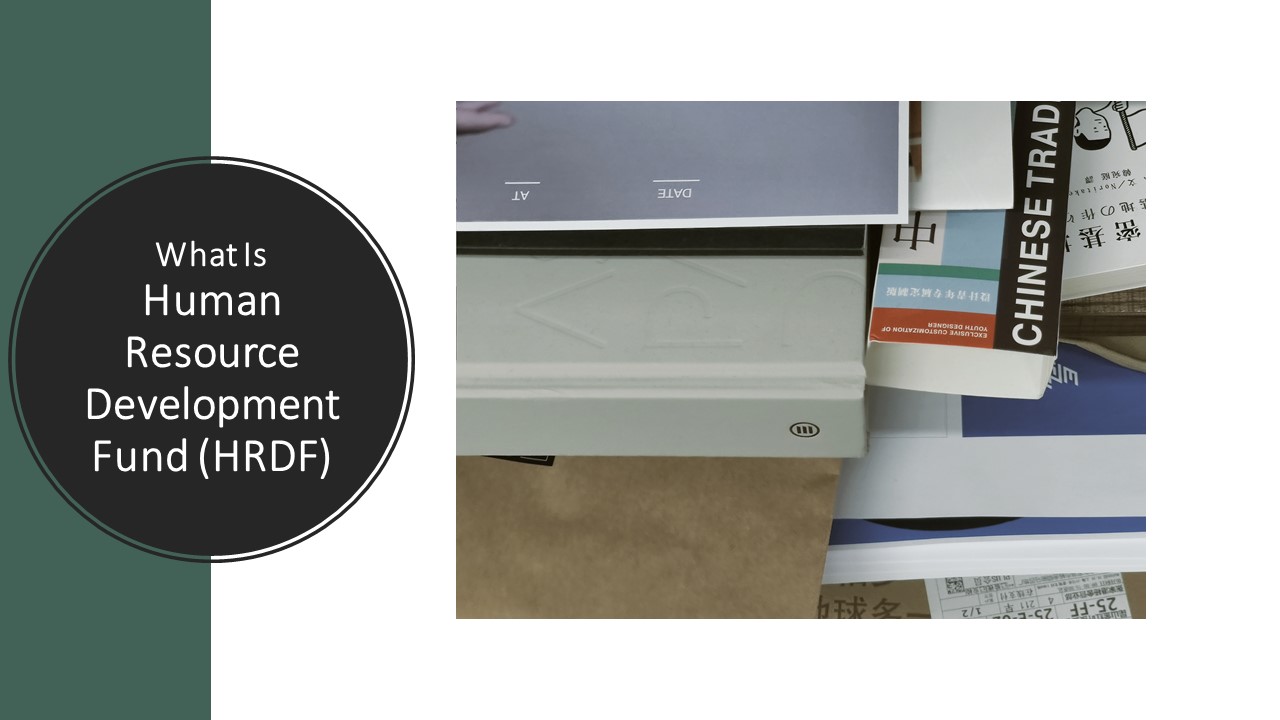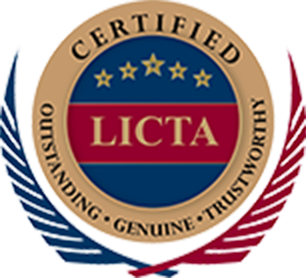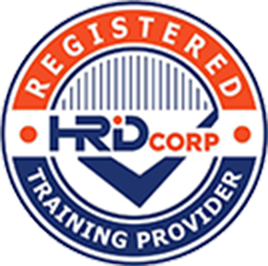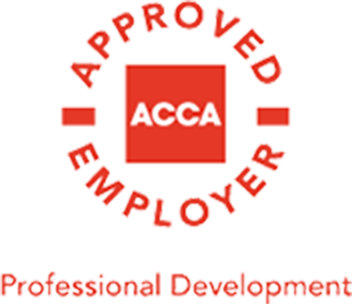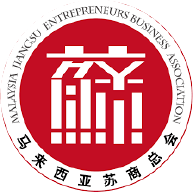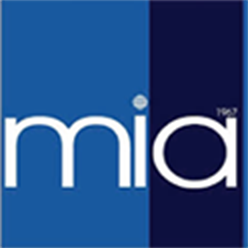[vc_row][vc_column width=”1/2″][vc_video link=”https://youtu.be/MbCqPGPmNV8″][/vc_column][vc_column width=”1/2″][vc_column_text]
Introduction of Transfer Pricing
Transfer pricing is an accounting practice that represents the price that one division in a company/country charges another division in a company/counry for goods or services provided. As reference to Transfer Pricing Guideline 2012 in Malaysia and s.140A of Income Tax Act, a transfer price should be at its arm’s length price, which is the market price one charges to another division, subsidiary, or holding company for services rendered.
In recent years, companies have used inter-company transfer pricing to benefit from tax in different jurisdictions. For instance, company may charge a higher price to division in high-tax countries (reducing profit) while charging a lower price (increasing profits) for divisions in low-tax countries.
Transfer Pricing Guideline
Malaysian Transfer Pricing make reference to Malaysian Transfer Pricing Guideline 2012. The overall stance of the Malaysian Guidelines is to provide guidance for an examination of transfer prices in accordance with Section 140A of the Act.
The Malaysian Guidelines are largely based on the OECD Guidelines, with specific modifications to ensure adherence to the Act, the procedures of the Malaysian tax authority and domestic circumstances.[/vc_column_text][/vc_column][/vc_row][vc_row][vc_column][vc_column_text]
5 Methodologies for Transfer Pricing
Under the Transfer Pricing Guidelines 2012, there are 5 different methodologist which company can use:-
- Comparable Uncontrolled Price (CUP) method
- Resale Price method
- Cost Plus method
- Profit Split method
- Transactional Net Margin method (TNMM)
Comparable Uncontrolled Price (CUP) Method
There are 2 different CUP :
(a) internal CUP;
(b) external CUP.
Internal CUP is to compare the price of product that sold by taxpayer and to a third party distributor.
External CUP is to compare competitor that are selling similar product as the taxpayer, and the price sold to third party distributor.
The CUP method is the most direct and reliable way to apply the arm’s length principle to a controlled transaction. However, it is often difficult to find a transaction that is sufficiently comparable to a controlled transaction. Therefore, this method is used only when there reliable available data.
Resale Price Method
The Resale Price Method is also known as the “Resale Minus Method.” It is comparison of prices between distributor A sells to third party client and distributor B sells to third party client. Both distributors got the products from manufacturer at market value.
Often the comparison have this characteristic. For example, distributor A got the product from manufacturer A which both companies are related parties. Distributor B got the products from manufacturer B which both are independent.
Cost Plus Method
It is comparison between the mark-up margin of the products incurred by manufacturer A to distributor A which both companies under same owner and the mark-up margin of the products of manufacturer B to distributor B which both are independent.
Profit Split Method
It is determined whether the allocation of profit to A, B and C companies is reasonable to build a product by comparing the contribution of resources or materials from A, B and C companies.
Transactional Net Margin Method (TNMM)
This is the most commonly used metholody in Transfer Pricing. It compares the revenue, cost of goods sold, gross profit, net profit, gross profit margin of the company A with other similar size of companies.
The Malaysia Inland Revenue Board generally accepts a single most appropriate transfer pricing methodology in arriving at the arm’s length value by selecting the method that requires the fewest adjustments and provides the most reliable measure of the arm’s length result.
Justification on Transfer Pricing is compulsory if the Company in Malaysia has related party transactions. It is a disclosure requirement in the Company’s tax return form.
If you need advisory on our Transfer Pricing Services , please contact us at 011-1217 8183.
[/vc_column_text][/vc_column][/vc_row]
